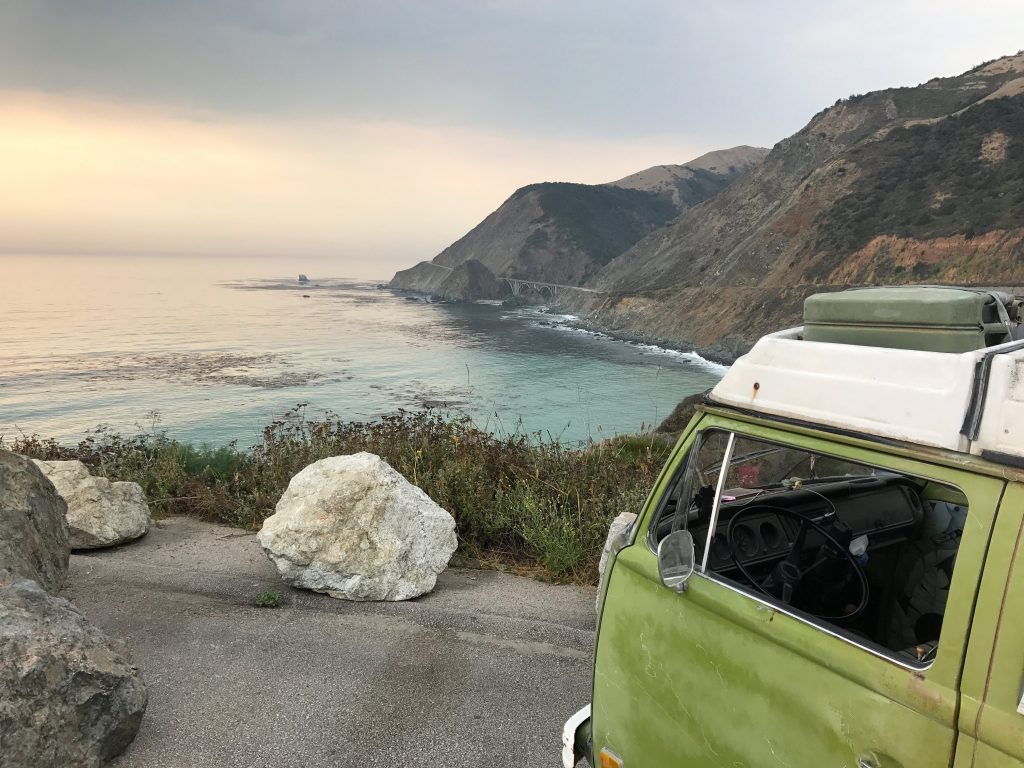
Sex & Violence In VR?
Self-Reflection Leads to Change In Game Perception
by Bob Cooney
As some of you might know, I’ve been on a personal journey over recent years that’s led me to re-examine my life in a pretty critical light.
By most external measures, I have been very successful. I took my first company, Laser Storm, to #251 on the Inc. 500 list of fastest growing companies in America, and a subsequent IPO. I married an amazing and beautiful wife, Sharon, who blessed me with three wonderful children, who are now on their paths to becoming remarkable adults. I’ve made more than my share of money, and accumulated far more than my share of stuff. I’ve had the big house, the nice cars, the glorious vacations, but as I reached and surpassed my 50th birthday, something just wasn’t adding up.
Like many of you, I’d spent my life chasing “the dream”: that elusive happiness I hoped would come when I achieved success, or gained wealth, or whatever. However, as I’ve come closer to, or even surpassed my goals, the feeling of satisfaction I was chasing kept slipping further away. It’s like the dream in which you’re running down the hallway and the faster you run, the longer the hallway gets. I know I’m not the first to have this experience, and I know I won’t be the last.
I’ve made radical changes in the last five years, which at times have frightened me to my core, and required a level of courage I didn’t know I possessed. Certainly, the biggest would be the decision to separate from my wife and divorce. I’ve also stripped down my life to its bare essence, shedding most of my belongings. Aside from a few essentials for living in my VW bus, what remains fits inside a carry-on and a small backpack, which accompany me around the world.
Through my work in the amusement industry and involvement with its various associations, I’ve developed a network of friends around the world whom I love, and who, through their words and actions, have consistently demonstrated their love for me. That love has given me the courage and strength to cast aside my pretense –– and my fear –– and be more authentic. It’s also empowered me to know that the only limitations we have are those that exist within our own minds.
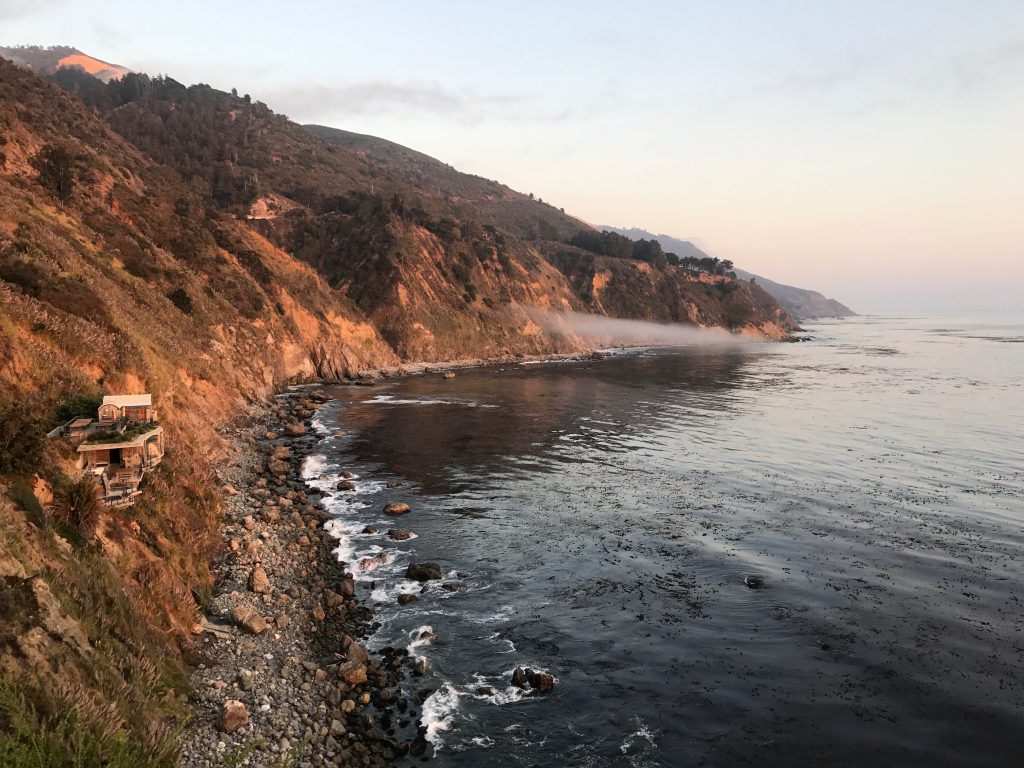
The Four-M
For decades, the running world believed that humans were physiologically incapable of breaking the four-minute mark in the mile run. When Roger Bannister set out to break the record in 1954, the existing world record of 4:01:4 had stood since 1945. That’s nearly a decade. Within six weeks of Bannister’s landmark 3:59.4 time, an Australian ran it in 3:58. By 1957, sixteen runners had smashed the four-minute mile. The only thing previously limiting anyone from doing it was the belief that it was impossible. Roger Bannister changed everyone’s belief system in the blink of an eye, and what had been considered impossible became achievable. This is the power of the mind.
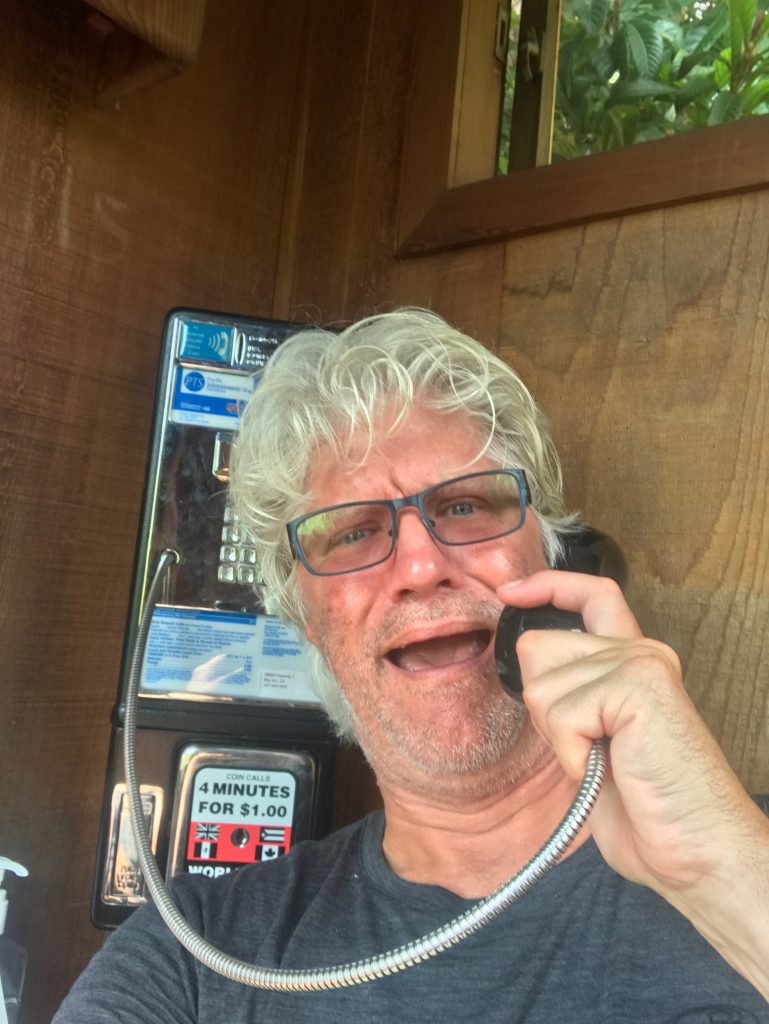
I write this article overlooking the Pacific Ocean at Big Sur, California. I am at the midway point of the Digital Raign Summit at the legendary Esalen Institute. The organizers portray it as a Davos (site of the World Economic Forum) for the tech community. I’ve been to many technology conferences during my career, but this one caught me by surprise.
It was billed as a combination of virtual reality, emerging technology and mindfulness. As a person on his own path of self-development, who has spent much of his career building bleeding-edge technology companies, the notion of combining those was deeply appealing. At a time when fears about big data, virtual and augmented realities and artificial intelligence are at the forefront of people’s minds, there are important connections between technology and human potential.
For those not familiar, Esalen is considered the birthplace of the human potential movement. It’s where the foremost thinkers of the 1960s came to practice, including guys like Abraham Maslow and Alan Watts. Since then they’ve developed a well-earned reputation for being the place to go to “look inside yourself.” The physical setting alone, built into the cliffs hanging over the Pacific Ocean, lends a certain perspective. Watching whales breach off the shore and listening to the echoes of sea lions bark through the night keeps you grounded and connected to nature.
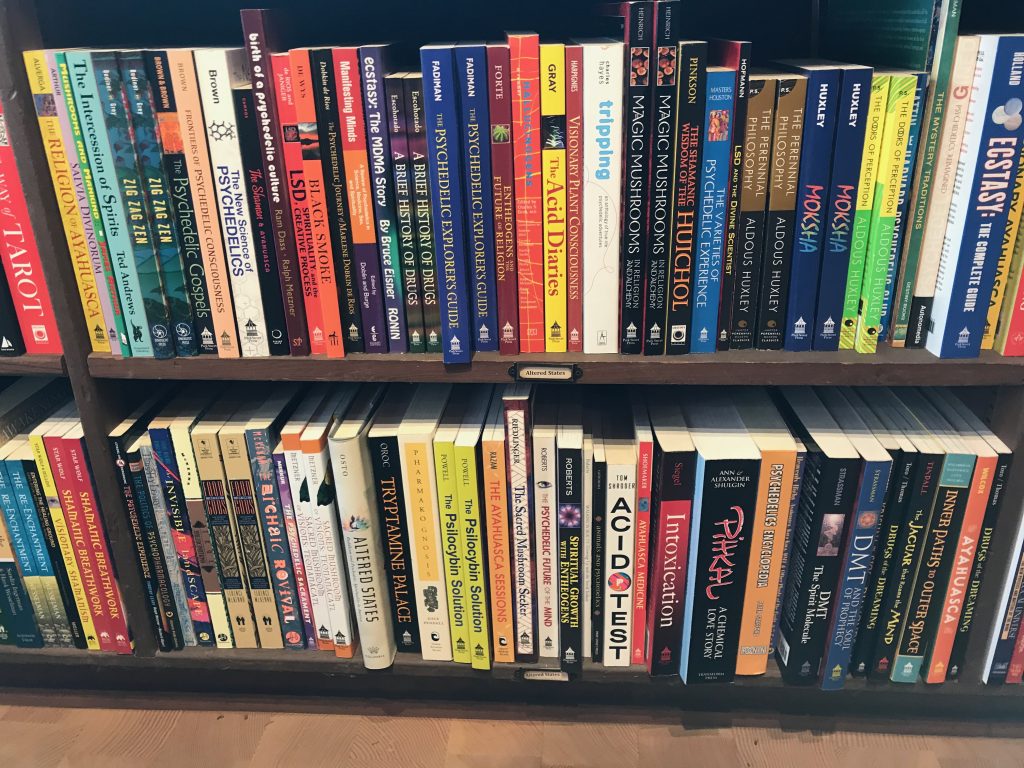
When I spoke to friends from the VR community about attending, some were repelled by the focus on mindfulness. I recognize that some of you may have that same reaction. Everyone follows their own very personal paths and are open and receptive to different ideas at different points and times along their journeys. For me, Esalen turned out to be the perfect opportunity.
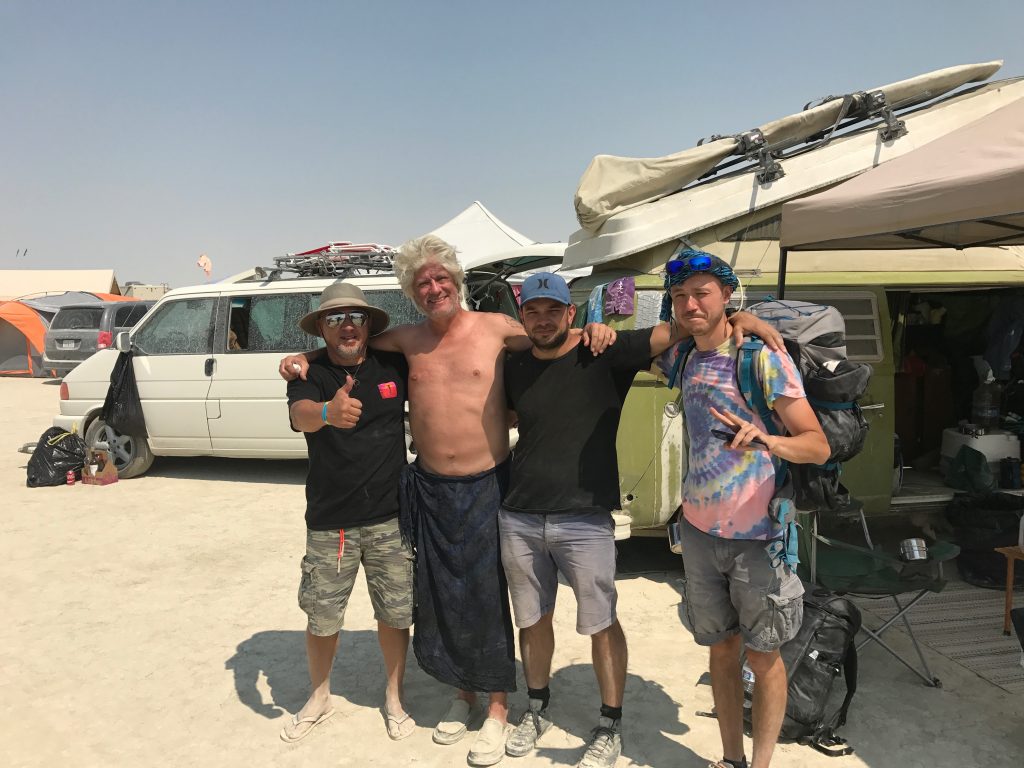
It’s no coincidence that Digital Raign is held on the heels of Burning Man, the multi-day event celebrating art and self expression held annually in the Nevada desert. One of the co-creators, James Hanusa, is at the heart of the “burner” movement and has served on the board of Black Rock City (the name of the temporary city created by Burning Man attendees). My days on this year’s Burning Man’s “Playa” were inspirational and put me in the best possible state of mind to accept any radical ideas that would be brought forth at Esalen.
One of the most interesting and relevant discussions at Digital Raign was about violence in game play and how that will impact society in virtual reality. The power of VR is in the deep immersion, the removal of any 4th wall or proscenium, which makes the potential impact of the experiences much more visceral than in more passive or detached environments. There’s real concern that in the absence of anything else of value, our propensity for violence and sex will lead VR to be the next in a long line of technologies that is known for revolutionizing brutality in entertainment and pornography.
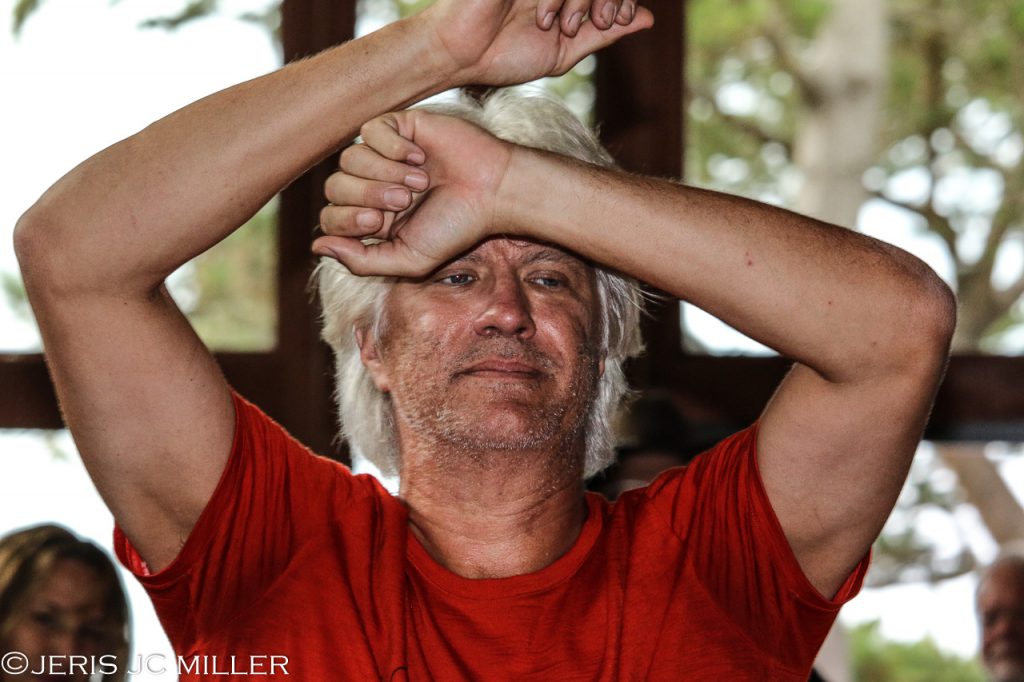
The Digital Raign group engaged in discussions about the need to create experiences in VR that go beyond shooting and violence. How can we use VR to reprogram our nature? Cassie Vieten, PhD, president of the Institute for Noetic Sciences and a scientist at the Mind-Body Medicine Research Group, proposed that there are four things required to create a paradigm shift to solve the problems facing society:
1: We need to have direct experience, something that VR can provide at a scale that has never existed.
2: We also need scientific data to back up those experiences.
3: We need the tools to implement and support them.
4. Last, but maybe most importantly, we need a community of like-minded people who are committed to a new way of doing things.
I am deeply troubled by our industry’s reliance on violence and gambling. Many of our redemption machines are thinly veiled kiddie casino games. These games are predicated upon the dopamine rush generated when children win tickets they can redeem for mostly nickel-and-dime prizes of little to no value. We are not only nurturing a gambling habit, we are feeding into the consumerism that plagues our society, encouraging people to chase happiness through means that are never going to help us achieve that goal (see paragraph 2).
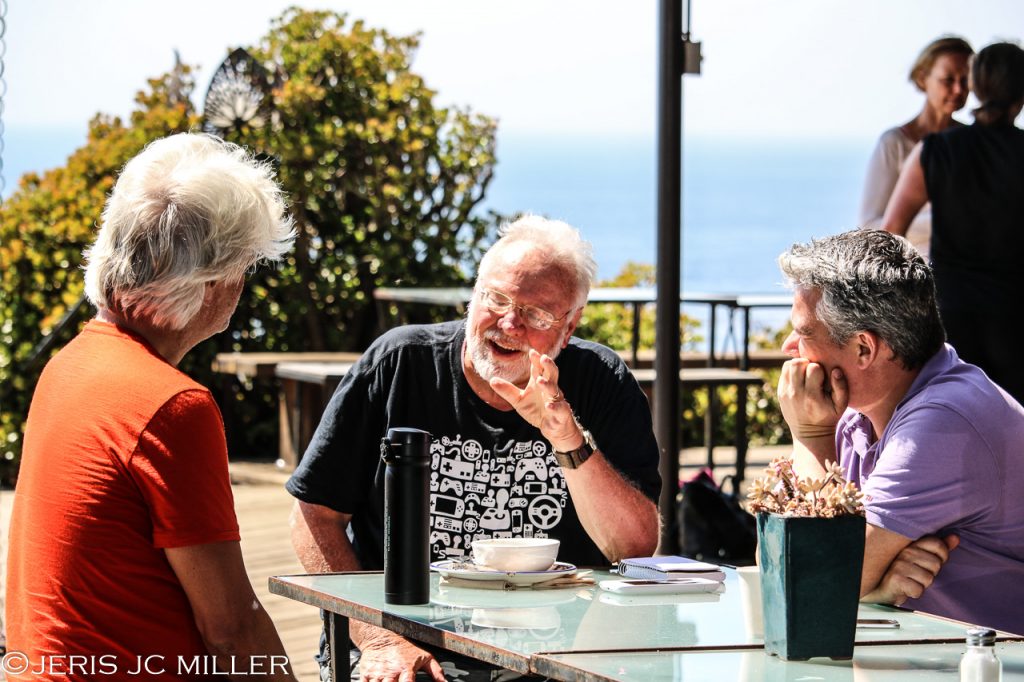
Many of the early virtual reality games are leveraging horror and violence. It’s been said that the easiest thing to do in VR is to scare someone. But just because it is easy, does that make it right? As we start to develop new experiences using virtual reality, we have an immense responsibility to harness this powerful technology for human development. Why can’t we develop games that fill us with a sense of joy and wonder instead of dread and fear? Some might believe that you cannot create compelling entertainment experiences that also educate the mind and fill the soul. To those of you who subscribe to that belief, review the list of people who have run a mile in less than four minutes. You might want to reserve some time, though. There are more than 6,000 names on that list! (See it here: www.alltime-athletics.com/ m_mileok.htm.)
I invite you to join me in a new online community with a mission to inform and collaborate with the next generation of VR arcade owners, game developers and hardware manufacturers. Go to www.bobcooney.com and sign up for more information.
Electronic gaming and location-based entertainment veteran (and avid surfer) Bob Cooney has 25-years of experience designing, manufacturing and marketing out-of-home entertainment to consumers, operators and venues –– first as founder and chief executive of NASDAQ- and Inc. 500-listed Laser Storm, and later as an initial member of the Global VR executive team which introduced the first commercially viable virtual reality arcade game. Cooney went on to become VP of marketing and business development of Ecast, the digital content provider for jukeboxes, and COO of NTN Buzztime, the networked trivia game company. Cooney has been a driving force behind the development of numerous top-earning licensed games, including products based on EA Sports PGA Tour, X-MEN and Stargate, and has been a long-time vocal proponent of leveraging new technology to keep the out-of-home amusement industry relevant. Bob consults with companies on strategy and business development, and currently serves as a business development consultant to Zero Latency. He can be reached at www.bobcooney.com.

2 Comments
Pingback: Virtual Reality’s Third Wave - Bob Cooney
Pingback: Sex & Violence In VR? - Bob Cooney